In recent years, succulent collecting has become a treasured pastime. These low-maintenance plants bring a lot of joy and camaraderie to those who collect, propagate, and share their passion. However, there’s a dark side to this seemingly harmless hobby.
Illegal succulent poaching has become pervasive with the rise in succulent popularity. In this article, we’ll talk about the dark side of plant collecting, how plant poaching is changing legal and ecological landscapes, and how to be a conscientious and ethical collector.
Let’s dig in!
Why Succulents Are So Popular: A History
Like most fads, there’s no clear beginning or reason as to why something becomes popular, though many journalists and gardening enthusiasts have their theories about the succulent craze, particularly among the millennial generation.
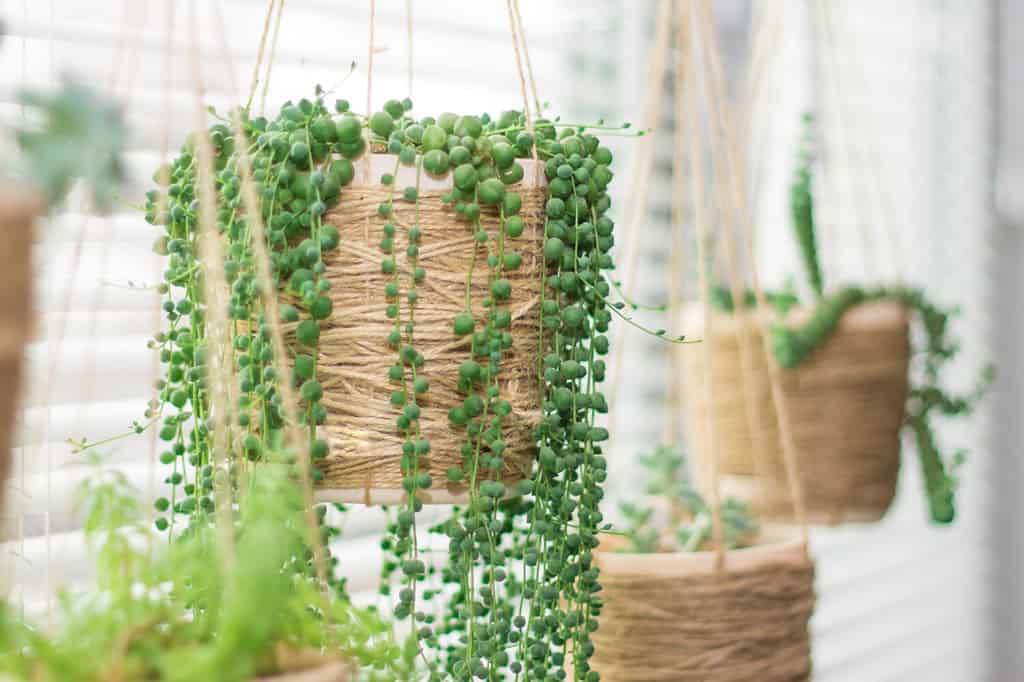
Succulents are particularly popular among millennials.
©MariaNikiforova/Shutterstock.com
One theory posits a connection between many millennials entering the workforce during the Great Recession. Fewer jobs, student debt, and economic uncertainty led to smaller budgets and reluctance to have children. Collecting plants became an affordable hobby that doubles as decor and creates a sense of ownership.
Another theory surmises that the generation born into the internet age strives for a greater connection to the natural world and more inherent awareness of the positive effects of nature on mental health and wellness.
Succulents, in particular, are low-maintenance, visually appealing plants that require little water and care, adding to their draw. These features, compounded with the social media revolution, created a global phenomenon. The succulent industry was worth USD 3.21 Billion in 2021 and is expected to reach USD 12.32 Billion by 2030.
Yet, succulents aren’t the first plant to become an economic wonder. Tulipmania is regarded as one of the most infamous market bubbles and crashes in history, with collectors spending the modern equivalent of hundreds of thousands of dollars on tulips. The Victorians experienced Pteridomania in the 1800s when creating extensive “ferneries” became all the rage. History repeats, so the idea of succulentmania isn’t too far-fetched!
The Rise of Illegal Succulent Poaching
Unfortunately, succulent collection has led to the dark side of supply and demand: if people want it, criminals will find a way to capitalize on it.
When most people hear the word poaching, they picture hunters after elephant ivory or lion manes. However, plant poaching is a pervasive issue around the world that’s been exacerbated by the increased demand for succulents.
In 2022, Byungsu Kim was found guilty of poaching over 3,700 wild dudleya succulents from Californian national parks with the intention of smuggling them to South Korea to sell to succulent collectors. These plants had an estimated value of $600,000. He was sentenced to two years in prison.
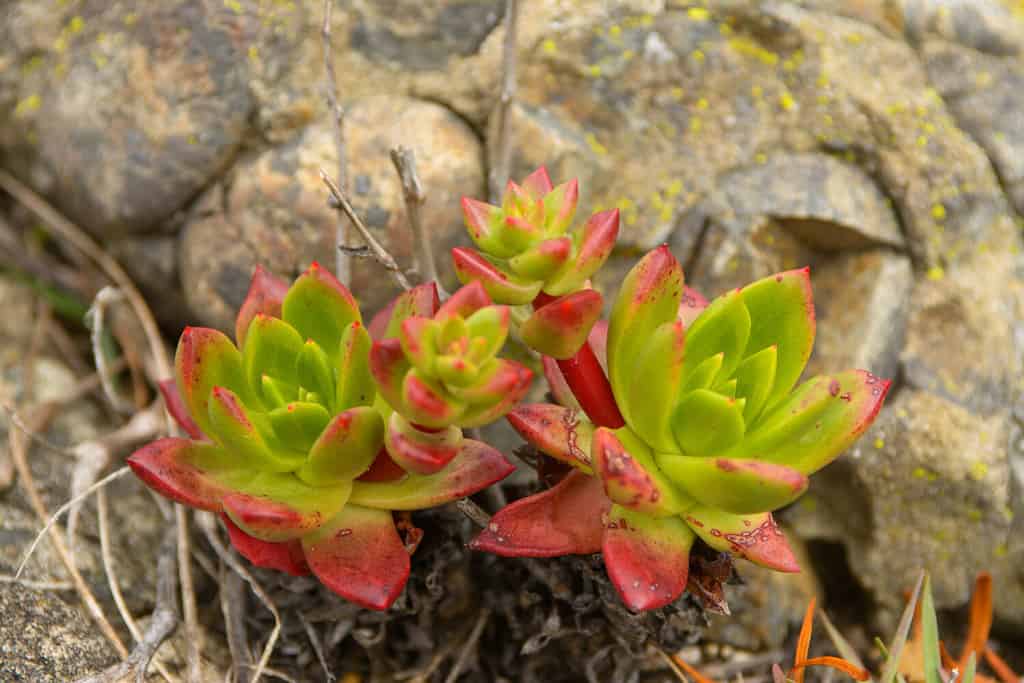
Poachers target Dudleya succulents in California.
©RelentlessImages/Shutterstock.com
Byungsu Kim was also found guilty of plant poaching lithops succulents in Cape Town, South Africa, and was given a six-year suspended sentence. His activities in South Africa may have led the Conophytum khamiesbergense to near-extinction.
Yet not all plant poachers are building a criminal enterprise. Avid collectors are unsustainably picking plants from the wild to the point where popular species like Venus Flytraps are becoming threatened, and conservation officers are microchipping Saguaro cacti.
Ecological Impacts of Succulent and Plant Poaching
Succulent and plant poaching has negative impacts on local flora and fauna, as well as indigenous tribes and locals in high-traffic poaching areas. Some of the most notable negative impacts include the following.
Loss of Biodiversity
Biodiversity, a portmanteau of biological diversity, refers to the various organisms that live together in an ecosystem and make things work. Removing a plant in large quantities that contributes to the local biodiversity will have a ripple effect that impacts the other plants and animals in that area.
Endangerment
Some in-demand species, like members of South Africa’s Conophytum genus, are critically endangered. Poaching these plants puts the entire species at increased risk of extinction.
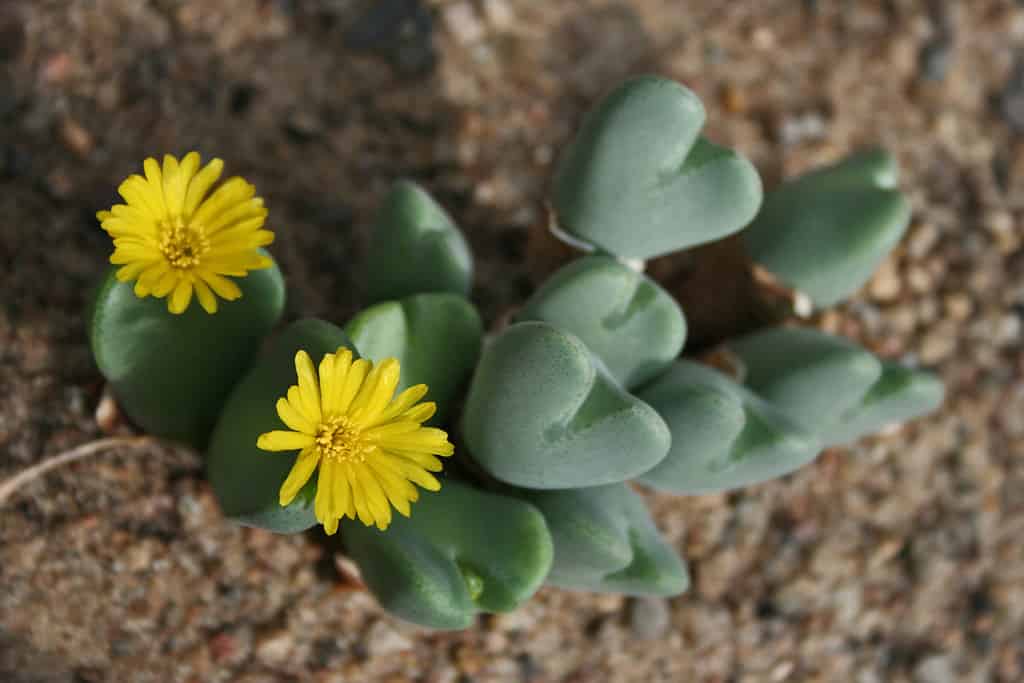
Members of the
Conophytumgenus are endangered due to poaching practices.
©iStock.com/Myroslav
Impact on Indigenous Culture
Indigenous culture is closely interwoven with the natural world. Poaching has negatively impacted cultural practices and disrespected those who practice sustainable consumption. For example, Dudleya edulis, one of Byungsu Kim’s primary targets, was traditionally consumed by the Kumeyaay tribe. Diminished crops make this practice challenging.
Peyote is a cactus that’s been a part of sacred indigenous rituals for thousands of years. This powerful hallucinogen has become endangered through over-harvesting connected to the illegal drug trade, impacting its cultural use in religious sacraments.
Erosion and Habitat Destruction
Succulents like Conophytum grow along cliffsides, where they help prevent erosion. Overharvesting is expected to increase the rate of erosion along the coast and contribute to greater habitat destruction for local flora and fauna.
Introduction of Invasive Species
It’s never a good idea to introduce a foreign species to a new environment without ample scientific research by qualified individuals. Succulents like Carpobrotus edulis have become invasive along the coasts of California. Euphorbia myrsinites has become invasive in British Columbia, Canada, where its toxic residue significantly burned two young children.
Plant Poaching Conservation Efforts
This global crisis has sparked conservation agencies to increase their protection efforts to help offset the damage caused by plant poaching.
North Carolina passed legislation in 2014 to upgrade venus flytrap poaching from a misdemeanor to a felony with jail time.
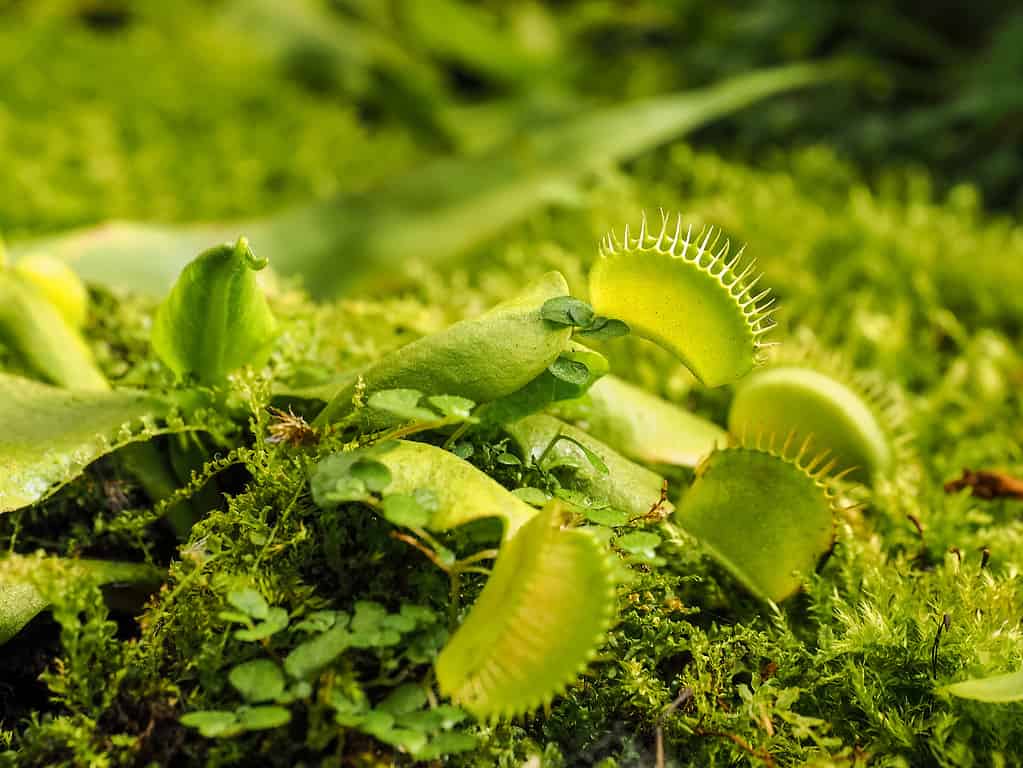
North Carolina upgraded venus flytrap poaching from a misdemeanor to a felony with jail time.
©Evgeniy Bobkov/ via Getty Images
California has been hard at work with a dudleya renewal program, replanting thousands of poached plants in their native environment.
The Florida Department of Agriculture and Consumer Services (FDACS) has deemed air plants a protected species, with volunteer programs replanting native plants to increase their levels.
Most notably, the Millennium Seed Bank is home to billions of seeds in a vault protected from radiation, flooding, and fire. Many of these endangered species have been added to the bank for protection.
Ethical plant and succulent lovers around the world are doing their part in offsetting the dark side of this global phenomenon.
How to Be an Ethical Succulent Collector
Being an ethical succulent collector starts at home. Here are some effective things you can do to offset the effects of plant poaching and ensure you’re contributing to a healthy, biodiverse world as you celebrate this passion.
1. Cultivate Awareness
Many plant collectors and succulent enthusiasts are unaware of the harm this hobby has caused. Share your knowledge and raise awareness of unethical and illegal harvesting practices — this is the first step in creating a change!
2. Check Your Sources
Avoid purchasing plants you believe may have been harvested in the wild or collected from questionable sources. Succulents cultivated in nurseries will look uniform with proper soil and an overall neat appearance. Those harvested from the wild will likely be messier. The soil may contain debris and sediment, and they’ll have a less pruned and polished look.
Take the time to research succulents on your wishlist and identify their endangered status. Don’t hesitate to ask where plants are sourced from when purchasing them. If you suspect illegal activity, contact your local conservation office.
3. Leave No Trace
Many conservation officers have expressed their frustration with local harvesters impacting native crops. For example, officials in North Carolina have indicated that they have a bigger problem with locals harvesting a few venus flytraps and selling them for spare change compared to large-scale poachers.
If you come across succulents in the wild, take pictures, but leave them alone. Never take wild plants from parks and trails; follow the “leave no trace” rule when you spend time in nature.
4. Propagate and Share
One of the best things about succulents is how easy they are to propagate! You can produce new plants from a few healthy leaves of a parent plant. Create a propagation station at home and share your collection with like-minded plant parents. Swap and share to build your collection ethically.
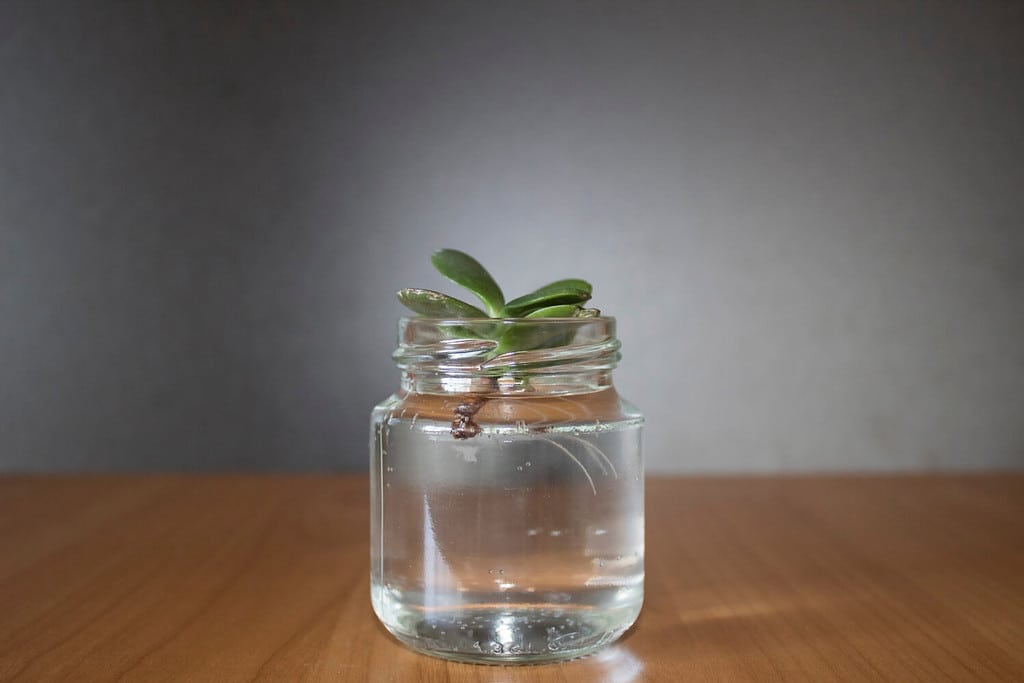
Be an ethical plant parent and propagate your favorites.
©NatVV/Shutterstock.com
5. Practice Eco-Friendly Gardening
Contribute to a better environment by practicing eco-friendly gardening. Avoid planting non-native species outdoors, use natural sunlight whenever possible, and try rainwater harvesting to water your plants —this practice also helps you avoid harming your plants with treated water!
6. Support Sustainability Initiatives
Finally, give back to local sustainability initiatives. If you can’t afford financial donations, volunteer your time to help protect and replenish these popular plants.
The photo featured at the top of this post is © iStock.com/fusaromike
Thank you for reading! Have some feedback for us? Contact the AZ Animals editorial team.






